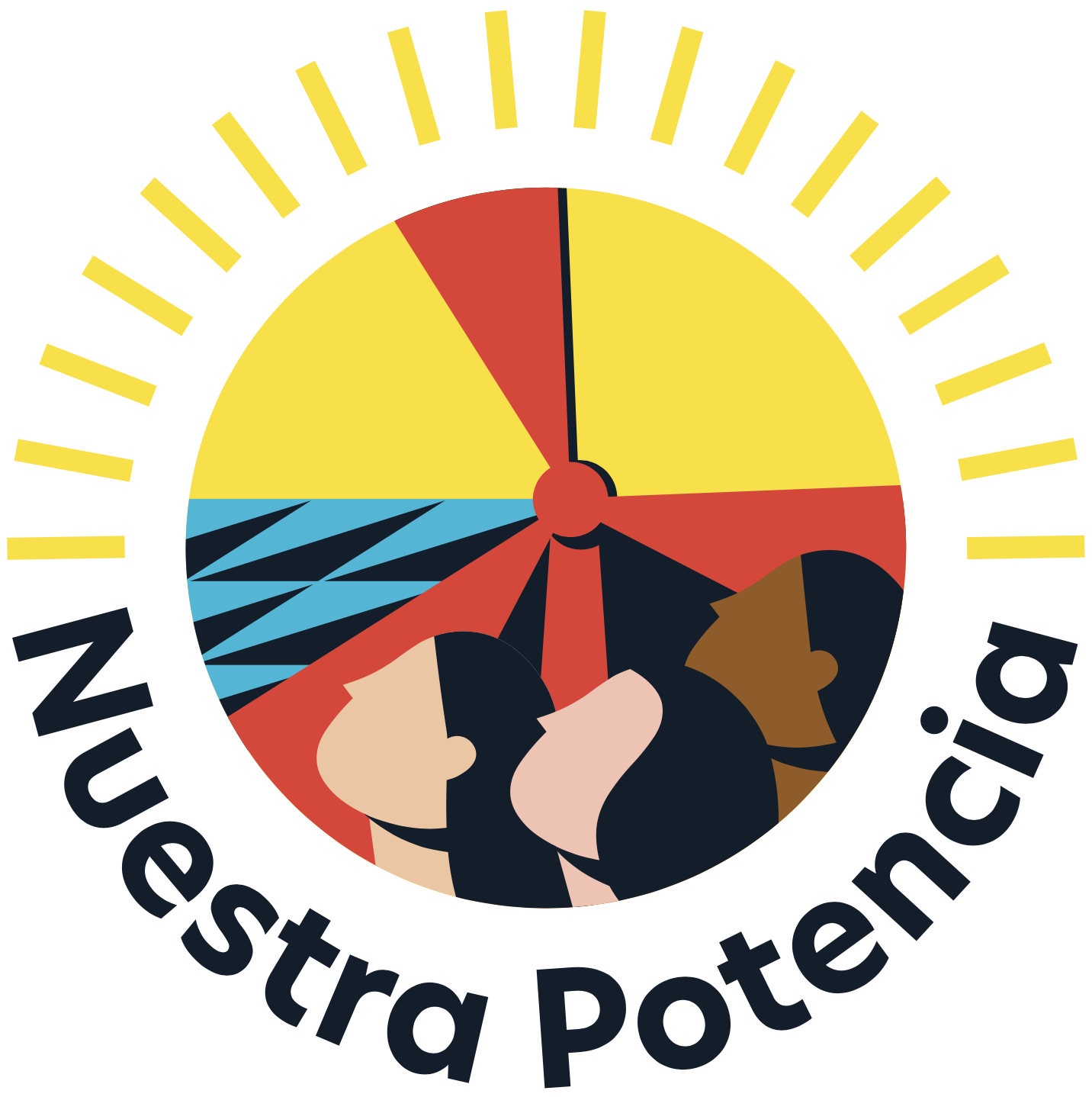“Community-owned” is a good thing (why?). But capitalism is better set-up for individual ownership. So you’re likely going to have to invest in new thinking about how to structure your projects,
There are variants that stop short of community-ownership, such as a Philadelphia Solar Cooperative which helps neighbors install solar panels on their rooftops. Since almost half the cost of solar renewable is installation, this neighbor-to-neighbor support helps low-income people make solar more affordable.
Alternatives to community-ownership include:
- Voting control rests with a community-based organisation
- The majority of social and economic benefits are distributed locally
- The entity owning the renewable energy is locally invested (such as owned by the public government or Tribal leadership).
But when talking about community ownership here are some example different models:
|
Structure |
Definition of Organisational Structure |
When to consider it? |
|---|---|---|
| Cooperatives |
Cooperatives are formal legal entities that uphold democratic decision-making and the equitable distribution of benefits. Some common characteristics of cooperatives include:
|
|
| Small Businesses / Nonprofits |
Small Business models are formal, structures that give decision-making power to one or more individuals. They could be for-profit or not-for-profit. Small business community renewable energy projects typically act as wholesale power providers. In this case, the community-owned project simply sells power into the competitive market, with revenue shared among participating community members and investors. |
|
| Landowner Pools |
Landowner Pools occur when several landowners with adjacent land pool the land together to maximize the use of the natural resource and to compensate all affected landowners. Landowner Pools are often combined with the cooperative structure and used for wind energy systems or other projects that demand large amounts of land and space. |
|
| Partnerships |
Formal or informal collaborations between entities to construct, own, and operate a renewable energy project. Partnerships are often between a community group and a larger community/local institution, where partners share decision-making power equally. Common renewable energy partnerships include:
cooperatives/groups
|
|
| Indigenous structures (e.g. Kato) |
Oftentimes there are indigenous ways of working that have been marginalized in communities. A group of Pacific community organisations joined together to created a mechanism to support resiliency and promote renewable energy. The model is a mix of external support (from the diaspora and more), international funding, and funding moved from within the community. They very intentionally called it Kato – Pacific Community Climate Fund. Kato means Basket in Fijian and speaks to their old ways of basket weaving (tali kato) which is a craft passed down generation to generation through community support. |
|
Parts of this table adapted from the NAACP’s Just Energy: Reducing Pollution, Creating Jobs Toolkit
Within each of these models is a range of options. For examples cooperatives might be:
- Consumer cooperatives — sometimes called a “buyer’s cooperative” where the customer base comes together to own the project;
- Worker-owned cooperatives — owned by the people who employees who are all co-op members;
- Energy cooperatives — as an alternative to investor-owned utility cooperatives, these are formed by folks in a community to provide energy at competitive prices;
- Purchasing cooperatives — where a group of individuals agree to buy energy in bulk (they don’t technically own the projects but instead negotiate purchase prices for their members).
